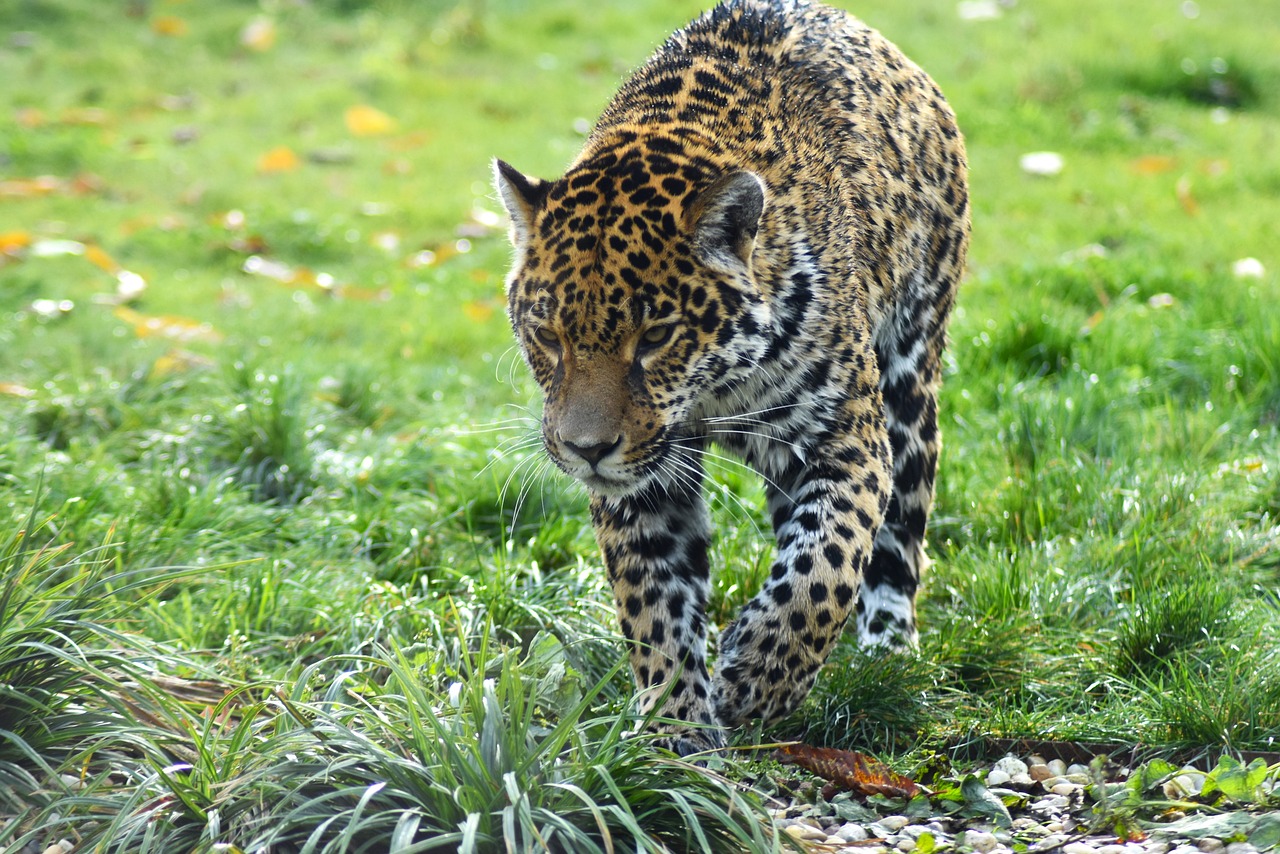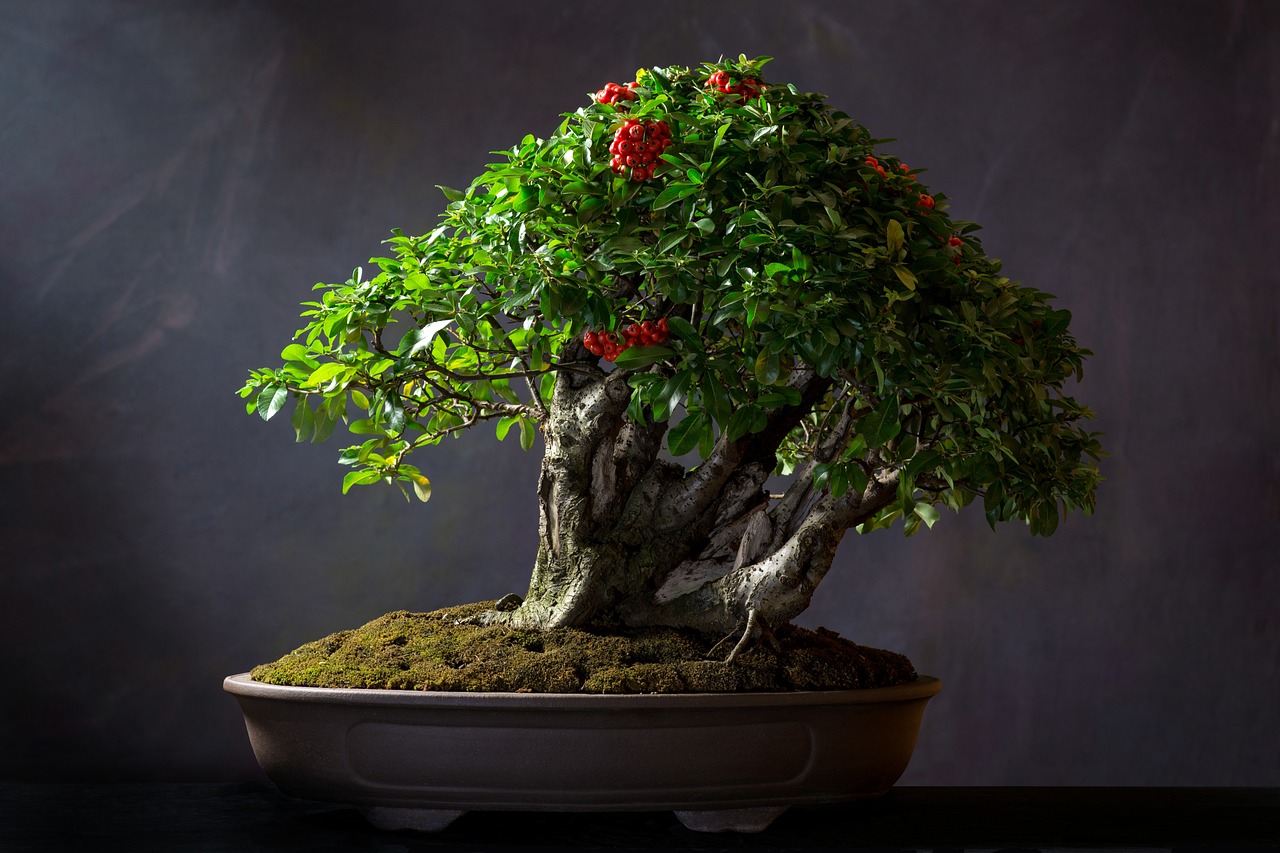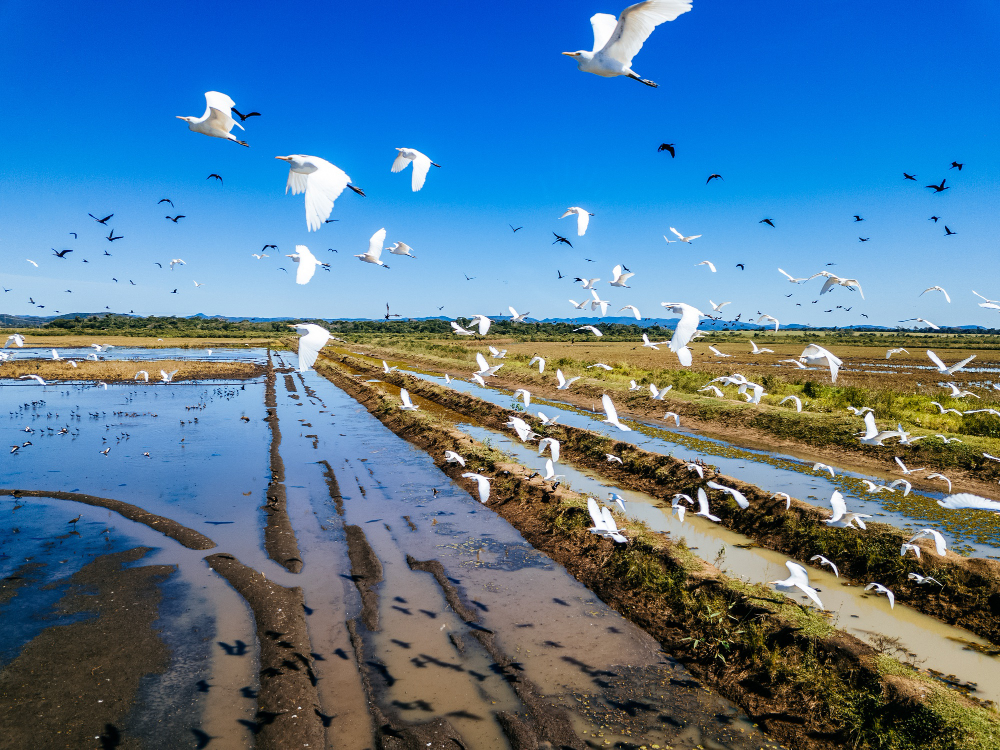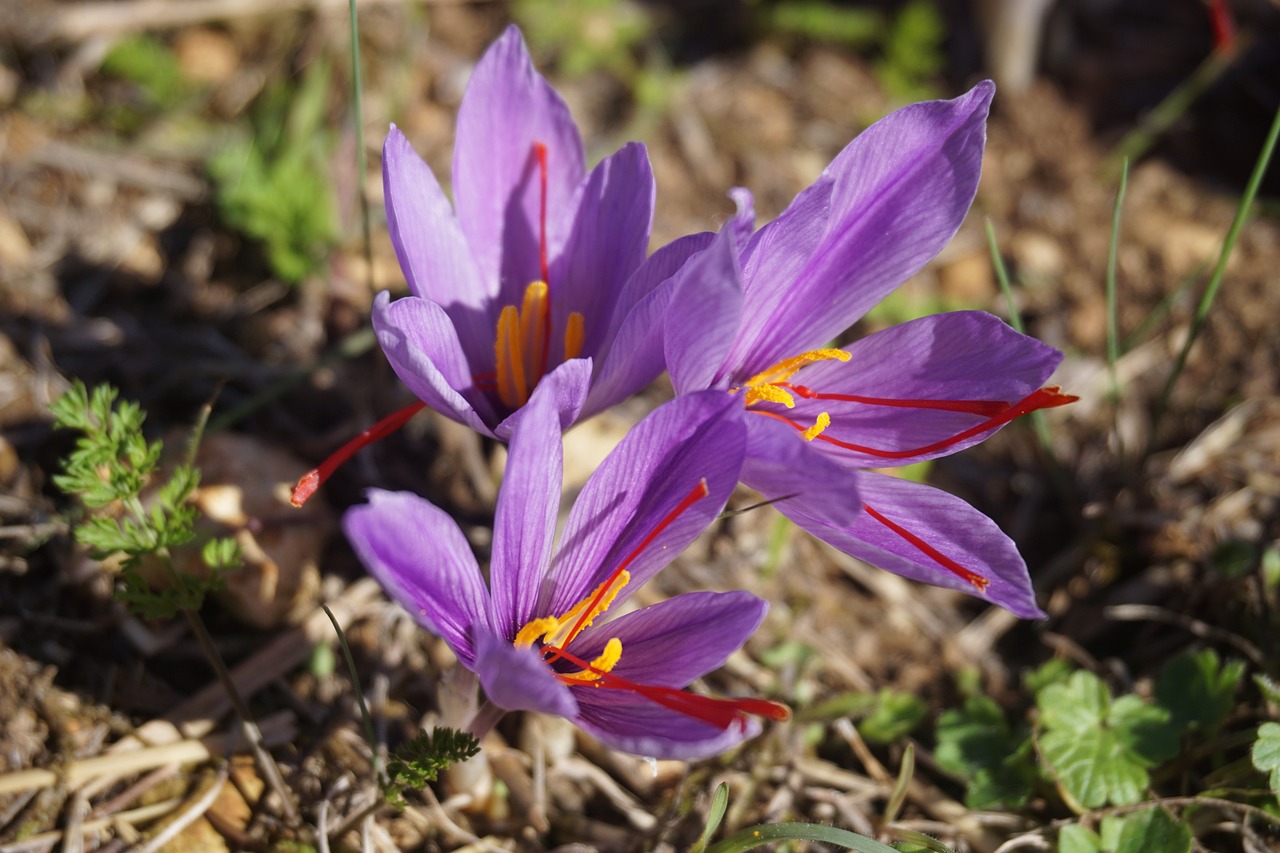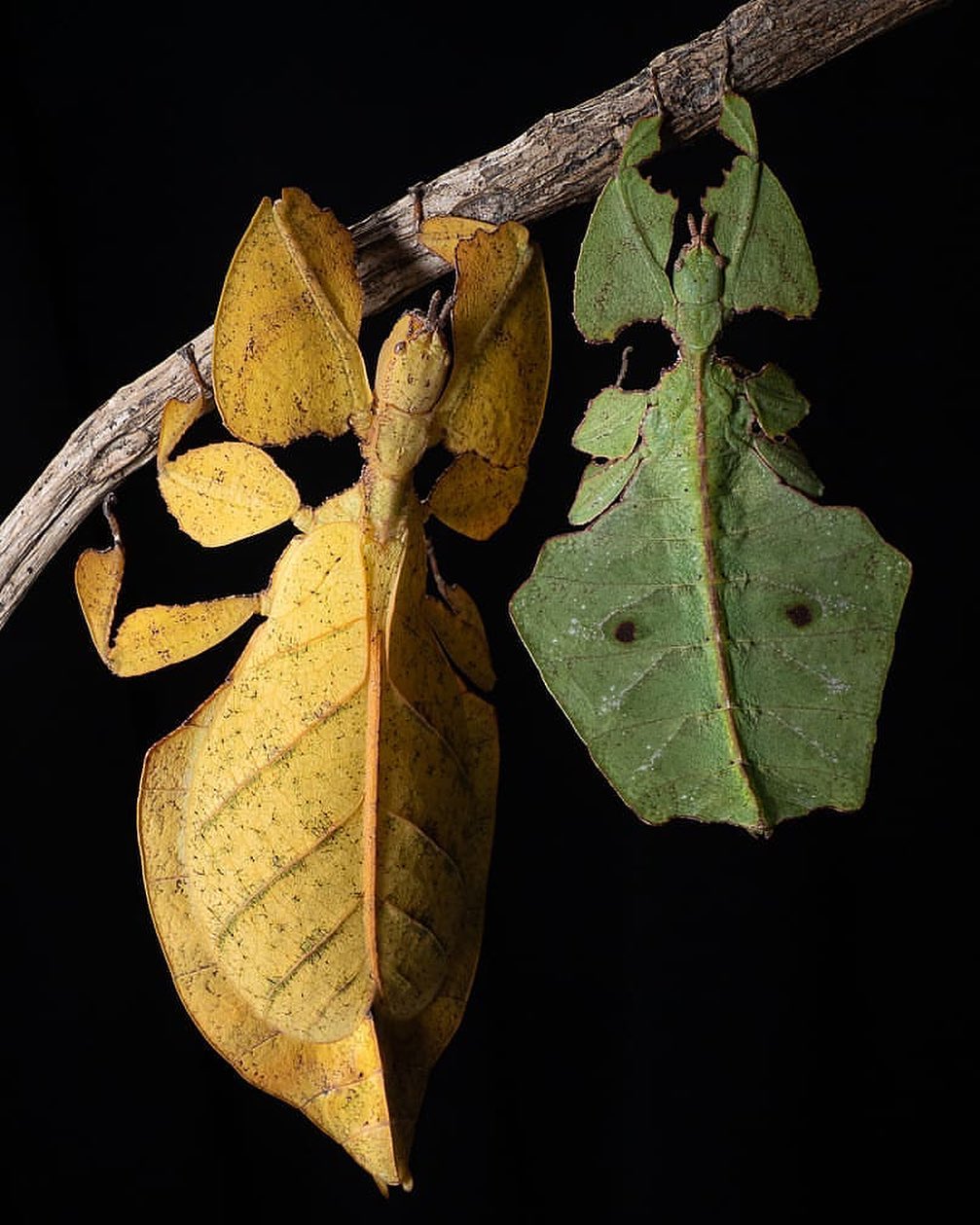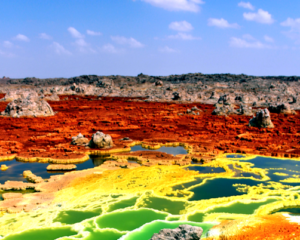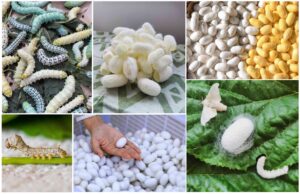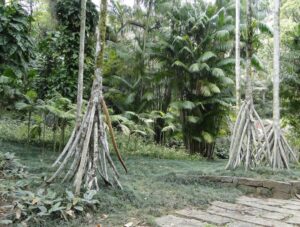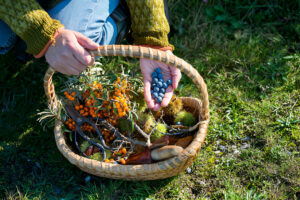Dragon fruit farming is becoming increasingly popular, not just because of its profitability but also due to the beauty and nutritional benefits of the fruit. If you’re looking to start your journey or improve your farming methods, here’s a detailed guide broken down into digestible points.
 Pin
Pin Image by @northern_naturals_aust
Table of Contents
Understanding the Basics of Dragon Fruit Farming
 Pin
Pin Photo from Freepik
Dragon fruit farming isn’t just about planting and waiting for the fruits to grow. It’s an entire process that requires understanding the plant, its needs, and how to optimize conditions for maximum yield. If you’re considering dragon fruit farming, the first thing to know is that this plant is a type of climbing cactus (Hylocereus or Selenicereus) native to the tropical regions of Central and South America. Its adaptability to warm climates and low-maintenance nature have made it a popular crop for both small-scale and commercial farming.
The appeal of dragon fruit lies in its exotic appearance and immense nutritional benefits. Its vibrant skin and unique taste make it a hit in local markets and international exports. It’s rich in vitamin C, antioxidants, and dietary fiber, which contributes to its growing demand. Plus, its low-calorie content has won over health-conscious consumers worldwide.
Now, here’s the fun part: dragon fruit is not as delicate as some other fruits. It can thrive in conditions where other crops might struggle. However, the key to success is learning to mimic its natural habitat. Think of it this way: dragon fruit is a desert plant that loves heat but dislikes too much water. It’s hardy and drought-tolerant but won’t survive in swampy conditions.
The basics every farmer needs to grasp
- Climate Requirements: Dragon fruit thrives in tropical and subtropical climates. It needs a consistent temperature between 20°C and 30°C (68°F to 86°F). It can tolerate short periods of cold, but frost is a dealbreaker. If you’re in a region with occasional frost, you’ll need to take precautions, like using protective coverings or greenhouses.
- Sunlight: Full sunlight is essential. The plant needs about six to eight hours of sunlight daily. If you’re growing dragon fruit in a backyard or urban setup, make sure to place the plants in a sunny spot or use artificial lighting if necessary.
- Growth Habit: Dragon fruit is a climbing plant that grows like a vine. It doesn’t sprawl on the ground like pumpkins or melons, so you’ll need to provide a proper support system for the plant to grow vertically.
- Lifespan: One of the coolest things about dragon fruit is its longevity. A well-maintained plant can stay productive for over 20 years. That’s two decades of consistent income if you play your cards right.
Understanding the plant’s biology is equally important. Dragon fruit is nocturnal when it comes to flowering. The flowers bloom at night and last only a few hours, which adds an element of urgency for pollination. If you’ve ever wondered why dragon fruit farming is an art, this is a big part of the reason.
In essence, dragon fruit farming is ideal for those who love working with nature and want a crop that combines beauty, nutrition, and profit. Once you understand its basics, you’ll see why it’s gaining popularity among farmers worldwide.
Choosing the Right Variety
 Pin
Pin Photo from @northern_naturals_aust
Dragon fruit farming isn’t a one-size-fits-all endeavor, and the variety you choose can make a huge difference in your farming success. Different dragon fruit varieties have unique characteristics, from taste to yield potential, growth patterns, and even market demand. Picking the right variety requires balancing your local conditions, farming goals, and target consumers.
There are three main types of dragon fruit commonly cultivated
- Hylocereus undatus (White-fleshed, Pink Skin):
This is the most common variety. The flesh is white with tiny black seeds, and the skin is vibrant pink. It has a mild, sweet flavor and is less sugary than other types. This variety is popular in many markets due to its aesthetic appeal and mild taste, which works well in smoothies and desserts. - Hylocereus costaricensis (Red-fleshed, Pink Skin):
Known for its deep magenta flesh, this variety has a sweeter taste and is richer in antioxidants. The vibrant color makes it highly desirable for juices, jams, and other processed products. However, it requires more care than the white-fleshed variety, particularly in terms of pollination and disease management. - Hylocereus megalanthus (Yellow Skin, White Flesh):
This variety is smaller in size but packs a punch in terms of sweetness. Its yellow, spiky skin and intensely sweet flesh make it a premium product in many markets. However, the plant’s growth is slower compared to the other two types, and it’s slightly more challenging to cultivate.
Factors in Choosing the Right Variety
- Climate Suitability: Not all varieties grow equally well in every region. For example, the yellow-skinned variety (Hylocereus megalanthus) tends to prefer cooler climates compared to the others. If you live in a particularly hot and dry area, the white-fleshed or red-fleshed varieties might be a better fit.
- Market Demand: Your target market plays a crucial role. Are you catering to local farmers’ markets, grocery chains, or international exports? White-fleshed varieties tend to be more common and might fetch lower prices due to high availability. Red-fleshed and yellow-skinned varieties are considered premium and can command higher prices, but they may take more effort to cultivate and maintain.
- Maintenance and Care: Some varieties are easier to manage than others. White-fleshed dragon fruit is more forgiving when it comes to pests and diseases, making it ideal for beginners. Red-fleshed varieties require more attention, particularly with pollination, but they also yield higher profits if grown successfully.
- Yield and Lifespan: If you’re looking for consistent, long-term productivity, white-fleshed varieties are a safe bet. Red-fleshed varieties often produce less fruit but are more profitable due to their higher market value. Yellow-skinned dragon fruit takes longer to mature and produces fewer fruits, but its sweetness and visual appeal can make it worth the wait.
- Personal Preference: Let’s not forget your own preferences! If you love the vibrant color of red-fleshed dragon fruit or the unique taste of the yellow variety, that passion can translate into better care for your plants.
Experiment Before Scaling
If you’re unsure which variety will work best, start small. Grow a mix of varieties in the first year to observe which performs better under your local conditions. Pay attention to growth rates, pest resistance, and fruit quality. This hands-on experience will guide your larger investments in subsequent years.
Choosing the right variety isn’t just about what looks or tastes the best—it’s about aligning your goals with what your environment and market can support. The more strategic you are in this initial decision, the smoother your dragon fruit farming journey will be.
Preparing the Ideal Soil and Site
 Pin
Pin Photo from Wikimedia Commons
The foundation of successful dragon fruit farming lies in choosing the right location and preparing the soil. Even though dragon fruit plants are hardy and adaptable, they thrive when their specific needs are met. A well-prepared site can mean the difference between a struggling crop and a lush, high-yielding plantation.
Site Selection
Dragon fruit requires plenty of sunlight, warmth, and good drainage to thrive. When selecting your site, prioritize areas that meet these conditions:
- Sunlight Exposure: Dragon fruit plants love sunlight. They need at least 6–8 hours of direct sunlight every day. Ensure that your site is not shaded by trees, buildings, or other structures that could block the light. If you’re growing in a backyard or urban setting, choose a location that gets maximum sun exposure.
- Drainage: Dragon fruit plants don’t tolerate waterlogging. Sites with poor drainage can lead to root rot, which can quickly destroy your crop. If you’re working with clay-heavy soil, consider installing raised beds or mounds to improve drainage. A gentle slope is ideal, as it naturally prevents water from pooling around the roots.
- Protection from Strong Winds: Dragon fruit plants are climbing cacti with shallow roots, making them vulnerable to strong winds. Windbreaks like hedges, trees, or netting can provide protection without blocking sunlight.
- Temperature and Climate: The optimal temperature for dragon fruit is between 20°C and 30°C (68°F to 86°F). While it can handle short periods of heat or cold, frost and prolonged exposure to temperatures below 10°C (50°F) can damage the plants. If your area experiences frost, consider using greenhouses or frost cloths.
Soil Requirements
Dragon fruit thrives in well-draining, slightly acidic to neutral soil with a pH of 6–7. While it’s not particularly fussy about soil type, providing the right nutrients and structure can significantly boost growth and yields.
- Well-Drained Soil: Sandy loam or loamy soil is ideal for dragon fruit farming because it allows water to drain easily. If you’re working with clay soil, mix in sand, perlite, or organic matter to improve drainage and aeration.
- Soil pH: Use a soil testing kit to ensure the pH is within the 6–7 range. If the soil is too acidic, add lime to raise the pH. For overly alkaline soil, sulfur or organic compost can help bring it down.
- Organic Matter: Dragon fruit loves organic-rich soil. Adding compost, well-rotted manure, or coconut coir can improve soil fertility and water retention. Organic matter also supports beneficial microbes that enhance plant health.
- Nutrient Levels: While dragon fruit is a hardy plant, it benefits from balanced nutrients, particularly phosphorus and potassium, which promote strong root development and flowering. Nitrogen should be applied in moderation to avoid excessive vegetative growth.
Land Preparation
- Clearing and Leveling: Begin by clearing the site of weeds, rocks, and debris. Level the land to ensure uniform water distribution. If the site is sloped, consider building terraces to prevent soil erosion.
- Plowing and Aerating: Plow the land to loosen compacted soil and improve aeration. This step ensures that roots can penetrate deeply and absorb nutrients effectively.
- Adding Organic Matter: Before planting, mix compost or well-rotted manure into the soil. For every square meter, add about 2–3 kg of organic matter. This not only enriches the soil but also improves its structure and water-holding capacity.
- Testing Drainage: To test drainage, dig a small hole and fill it with water. If the water drains within 15 minutes, the soil is ideal. If it takes longer, amend the soil with sand or perlite to improve drainage.
Preparing Raised Beds or Mounds
If your site is prone to waterlogging, create raised beds or mounds about 30–50 cm high. This elevates the root zone above the water level, reducing the risk of root rot.
Pro Tip: Mulching
Once your soil and site are ready, cover the planting area with mulch. Mulch helps retain moisture, suppress weeds, and regulate soil temperature. Organic materials like straw, grass clippings, or wood chips work best.
Preparing the ideal soil and site may seem labor-intensive, but it’s a critical investment. Dragon fruit plants can remain productive for over two decades, so starting with a strong foundation ensures healthier plants, higher yields, and less maintenance in the long run.
Constructing a Support System
 Pin
Pin Photo from Wikimedia Commons
Dragon fruit plants are climbers and require strong support systems to grow vertically and remain healthy. Without proper support, the plants may collapse under their own weight, reducing yields and increasing vulnerability to pests and diseases.
The most common support structure is a concrete or wooden pole, about 6–8 feet tall, with a cross-arm at the top. These poles provide stability and guide the plants to grow upward while allowing branches to cascade naturally. Alternatively, trellises can be used for larger-scale plantations.
Ensure the support is durable, as a single dragon fruit plant can last over 20 years. Space the poles or trellises 2–3 meters apart to provide adequate airflow and sunlight. Additionally, secure the plant with soft ties to avoid damaging the stems.
A sturdy support system minimizes maintenance, boosts productivity, and ensures easier harvesting, making it an essential part of dragon fruit farming.
Planting and Spacing
 Pin
Pin Photo from Wikimedia Commons
Proper planting and spacing are critical to ensuring healthy dragon fruit plants and maximizing yields. Begin by planting cuttings or seedlings. Cuttings are the preferred option as they establish faster and produce fruits within a year. Ensure the cutting is at least 30–50 cm long and taken from a healthy, mature plant.
Dig a hole about 10–15 cm deep near the base of your support structure. Insert the cutting with its flat end down, ensuring that at least one-third of it is buried. Firmly press the soil around it to keep it stable.
Spacing is equally important to avoid overcrowding. Maintain a distance of 2–3 meters between plants and 3–4 meters between rows. This allows adequate airflow, sunlight penetration, and space for harvesting. Proper spacing also reduces the risk of fungal diseases and encourages strong growth.
Irrigation and Watering Techniques
 Pin
Pin Photo from Wikimedia Commons
While dragon fruit plants are drought-tolerant, consistent and controlled irrigation is crucial for optimal growth and fruiting. Overwatering is one of the most common mistakes, as it can lead to root rot and fungal diseases.
Install a drip irrigation system to deliver water directly to the plant’s root zone while conserving water. Water the plants deeply but infrequently—typically once a week during dry periods. Adjust the frequency based on the climate and soil type; sandy soils may require more frequent watering compared to loamy soils.
Avoid watering during rainy seasons to prevent waterlogging. Instead, ensure your site has proper drainage to channel excess water away from the plants. During flowering and fruiting stages, slightly increase watering to support fruit development.
Consistent irrigation ensures healthy roots, steady growth, and high yields while minimizing disease risks.
Fertilization and Nutrition Management
Dragon fruit plants thrive with balanced nutrition, and regular fertilization is key to achieving high yields. Start by enriching the soil with organic matter like compost or well-rotted manure before planting.
During the growing season, apply a balanced fertilizer (e.g., NPK 10-10-10) every two months. Nitrogen promotes vegetative growth, while phosphorus and potassium boost flowering and fruit development. Reduce nitrogen as the plants mature to prevent excessive stem growth.
Organic fertilizers like cow manure, bone meal, or seaweed extract are excellent for long-term soil health. For rapid growth, foliar sprays with micronutrients such as zinc and magnesium can be applied every few months.
Monitor the plants for nutrient deficiencies—yellowing leaves may indicate nitrogen deficiency, while poor flowering could signal low phosphorus. Proper fertilization ensures strong, healthy plants that produce abundant fruit.
Pest and Disease Management
Although dragon fruit is a hardy plant, it’s not immune to pests and diseases. Common pests include aphids, mealybugs, and ants, which feed on sap and weaken the plant. These can be controlled using organic insecticides like neem oil or introducing natural predators like ladybugs.
Diseases such as anthracnose, caused by fungal infections, can affect stems and fruits, leading to discoloration and rotting. To prevent fungal issues, ensure proper spacing between plants for airflow and avoid overwatering. Applying copper-based fungicides can help manage early infections.
Root rot, often caused by waterlogged soil, is another concern. Good drainage and controlled irrigation are the best preventive measures. Regularly inspect your plants for signs of damage or disease, and remove any infected parts promptly.
A proactive pest and disease management approach ensures healthy plants and reduces yield losses.
Pollination and Flowering Tips
Dragon fruit plants are typically pollinated by bats, moths, and bees in their native habitats, but in cultivated settings, manual pollination may be necessary to ensure a successful fruit set, especially for varieties that are less naturally pollinated.
 Pin
Pin Photo from Wikimedia Commons
The flowers of dragon fruit are large, white, and fragrant, blooming at night and lasting only a few hours. The best time to pollinate is during this window when the flower is fully open. To hand-pollinate, use a soft brush or cotton swab to transfer pollen from one flower’s stamen to another’s stigma. For optimal results, pollinate multiple flowers to increase the chances of fruiting.
Pollination is critical in determining the quality and quantity of the fruit. Insufficient pollination leads to poorly developed fruit or no fruit at all. If you’re cultivating in an area with limited natural pollinators, consider introducing bees or moths to the area to increase pollination rates.
Harvesting and Post-Harvest Care
Harvesting dragon fruit at the right time ensures the best taste and texture. The fruit typically matures around 30 to 50 days after flowering, depending on the variety and environmental conditions. A ripe dragon fruit has bright, vibrant skin and a slight give when gently squeezed. The skin will be glossy and may show some cracks around the edges.
Use a sharp knife or garden shears to cut the fruit, leaving about 1–2 inches of the stem attached to avoid damaging the plant. Avoid pulling the fruit off the vine, as this can harm the plant and reduce future yields.
Post-harvest care is just as important as harvesting. Handle the fruit carefully to prevent bruising, and clean it by gently wiping off any dirt. Store dragon fruit in a cool, dry place, ideally in a refrigerator if not consumed immediately. Proper storage can extend the shelf life for up to two weeks.
Effective post-harvest practices preserve fruit quality, ensuring it reaches consumers in peak condition.
Conclusion
Dragon fruit farming is a rewarding experience, combining the beauty of nature with the satisfaction of cultivating a valuable crop. By understanding these essential aspects, you’ll be well-equipped to start or improve your dragon fruit farming journey. Always stay informed, adapt to your local conditions, and be patient—success will follow.
